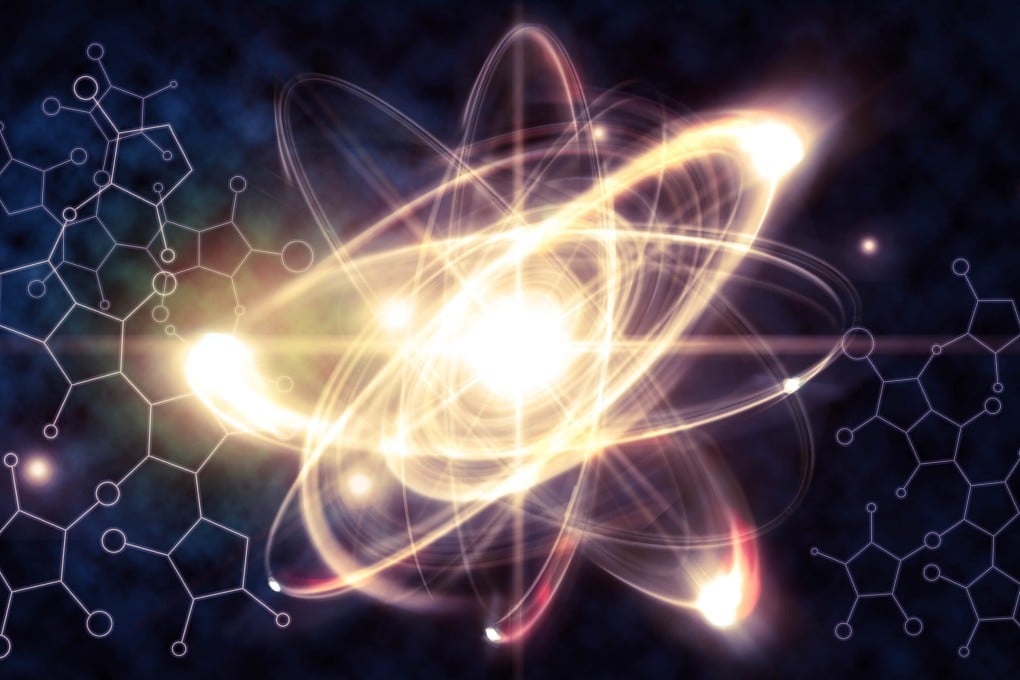China aims to have Xinghuo, world’s first fusion-fission power plant, running by 2030
If 100 megawatt hybrid plant is on schedule, it could put China decades ahead of comparable efforts in the rest of the world

The 20 billion yuan (US$2.76 billion) Xinghuo high-temperature superconducting reactor has entered its first phase with a public tender for an environmental impact assessment, according to zbytb.com, a platform that aggregates bidding and procurement information in China.
The facility will be built on Yaohu Science Island in the hi-tech zone of Nanchang, Jiangxi province, in central China, according to the tender. The environmental report will include baseline studies, impact evaluations on air, water, noise and ecology, as well as risk analyses, pollution control measures and monitoring plans.

Xinghuo, or spark, comes from the Mao Zedong quote: “A single spark can start a prairie fire.”
The project is a joint venture between the state-owned China Nuclear Industry 23 Construction Corporation and Lianovation Superconductor, a spin-off from Lianovation Optoelectronics in Jiangxi. The province is known for its copper resources, a key metal for making superconducting materials.
According to a collaboration agreement signed in 2023, the Xinghuo reactor aims to achieve an unprecedented Q value of more than 30. The Q value, or the energy gain factor, measures the ratio of thermal power output to the input power used to heat the plasma in a fusion reaction.